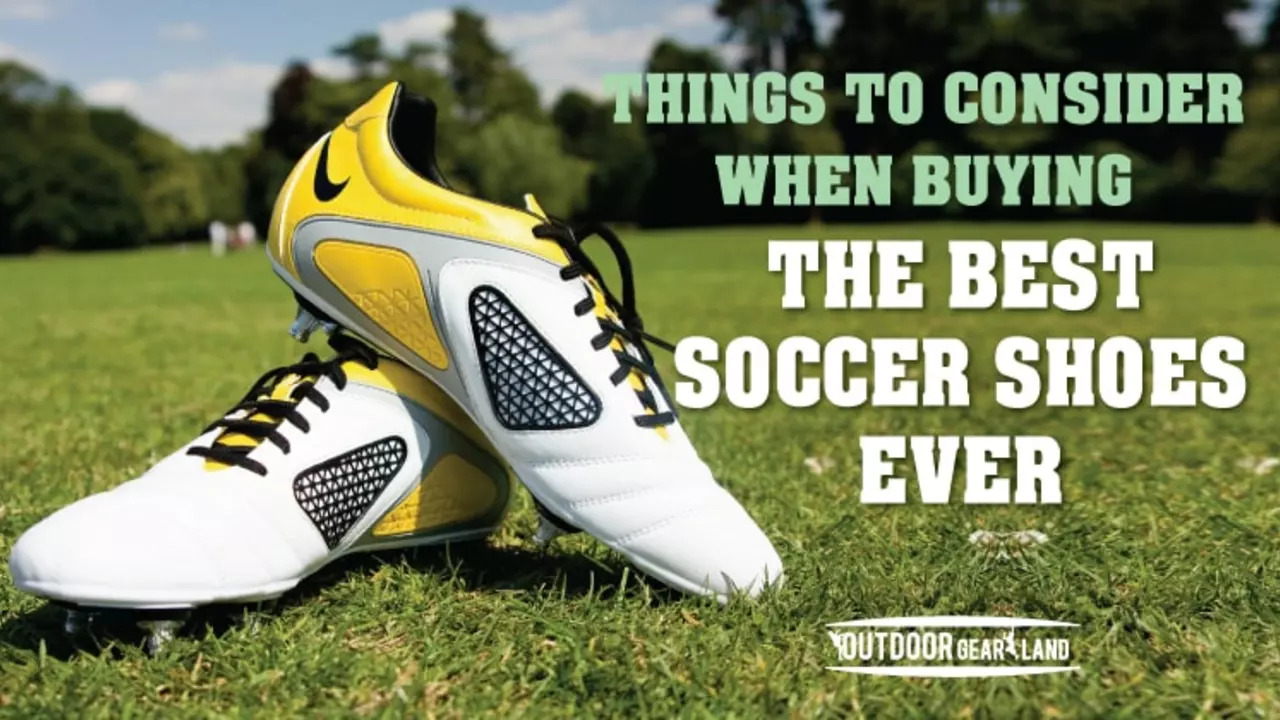Soccer Equipment Basics: What You Need to Play Better
Got a new season coming up? Before you chase the perfect goal, make sure you’ve got the right gear. In this guide we’ll break down the must‑have items for anyone who loves soccer, whether you’re a kid on a local pitch or a seasoned amateur.
Choosing the Right Ball
The ball is the heart of the game. Most leagues use a size 5 ball – that’s the standard for anyone 12 years old and up. If you’re coaching younger kids, a size 4 works best for ages 8‑12, and a size 3 is ideal for under‑8s. Smaller size 1 or 2 balls are handy for skill drills or promotional events.
Look for a ball with a hand‑stitched or thermally bonded outer layer. Hand‑stitched balls feel a bit softer and last longer on grass, while thermally bonded ones are smoother and keep their shape better on artificial turf. If you play in wet conditions, pick a ball with a textured surface for better grip.
Boots and Footwear
Boots are the next big ticket. The three main types are firm‑ground (FG), soft‑ground (SG) and artificial‑ground (AG). FG boots have molded studs that work well on natural grass that isn’t too soggy. SG boots have longer, replaceable metal studs for muddy pitches. AG boots feature shorter, rubber‑like studs designed for synthetic turf.
Fit matters more than brand. Try them on with the socks you’ll actually wear and make sure there’s a thumb’s width of space at the front of the toe box. A snug heel prevents blisters, while a little room up top lets your foot breathe.
Jerseys, Shorts, and Socks
Jerseys might look like fashion, but they also affect performance. Modern kits use lightweight, moisture‑wicking fabrics that keep you dry and cool. When you pick a jersey, check the fit – it should be snug but not restrictive, especially around the shoulders.
Shorts should have an elastic waistband and a breathable mesh lining. For socks, go for a length that covers the shin guards and a fabric that pulls sweat away from the skin. You’ll stay comfortable and avoid chafing during long matches.
Training Gear and Extras
Beyond the basics, a few extra pieces can boost your training. Shinguards are a must – they protect against kicks and are required in most leagues. Pick a pair that covers the front of the shin and fits under your socks without slipping.
Resistance bands, cones, and a good quality ball pump are cheap tools that make practice more effective. A small first‑aid kit with bandages and antiseptic wipes can also come in handy on the field.
Now you’ve got the rundown on the equipment that really matters. Grab the right ball size, fit your boots, choose a breathable kit, and add some smart training tools – you’ll feel the difference on the pitch right away.

Do expensive soccer shoes make a difference?
In my exploration of whether pricey soccer shoes make a significant difference, the verdict is a mix. While they certainly offer advanced technology, superior materials, and better comfort, they don't necessarily improve a player's skills. It's crucial to remember that the player's talent and training are the most significant factors in their performance. However, those who can afford it may find the added comfort and durability of high-end soccer shoes to be worth the extra cost. Regardless, it's key to try on different types and choose the best fit for your foot.
Read more